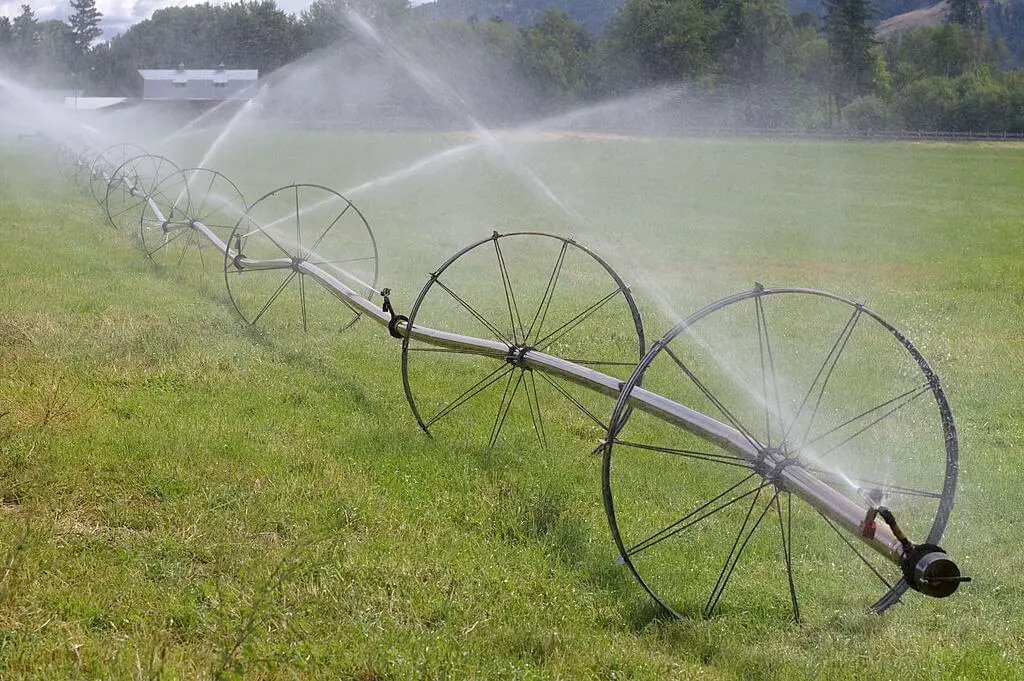Protecting people and property from fire hazards is vital to building safety. Merging automated systems with personal training is a proven approach to control fire outbreaks. Sprinkler systems and fire brigade training create a unified safety plan to provide reliable defense.
Understanding How Sprinklers Work
Fire suppression systems are engineered to activate automatically. They activate upon detecting heat to control flames. Individual nozzles activates independently, optimizing water use.

Critical aspects of sprinkler setups include:
- Water release mechanisms: Deliver water to fire zones.
- Pressurized pipes: Deliver water throughout the building.
- Safety hubs: Oversee system activation.
- Emergency water systems: Support uninterrupted suppression.
The Importance of Emergency Preparedness
Even with advanced fire suppression technology, human preparedness ensures better outcomes. Fire brigade training train employees to handle fire emergencies and address complex scenarios.

Important parts of fire response training include:
- Risk assessment: Improving risk management skills.
- Evacuation planning: Planning organized exits.
- Fire response exercises: Practicing fire suppression tactics.
- Team-based strategies: Improving team effectiveness.
chuveiro automatico sprinklers
How Sprinkler Systems and Fire Brigade Training Work Together
Uniting fire suppression tools with trained teams creates a robust fire safety plan. With sprinklers controlling flames immediately, brigade members manage complex situations.

When working as a unit, these methods provide peace of mind in residential buildings, commercial properties, and industrial facilities alike.
Why Sprinklers and Training Are Essential
Modern sprinklers and readiness programs create a safer environment. Prioritizing these safety approaches protects lives and property for all types of emergencies.
Ensure a safer tomorrow by acting today by installing sprinkler systems. Preparedness and technology work hand in hand!